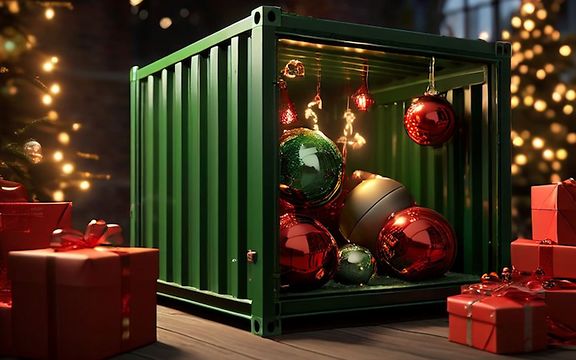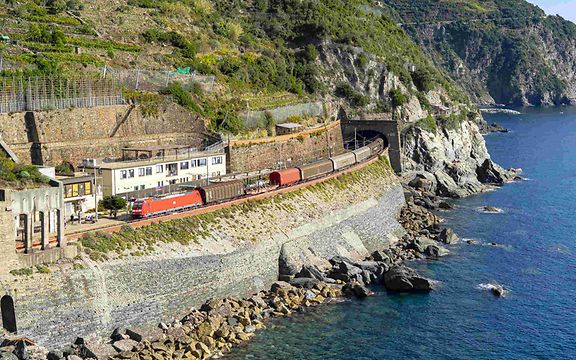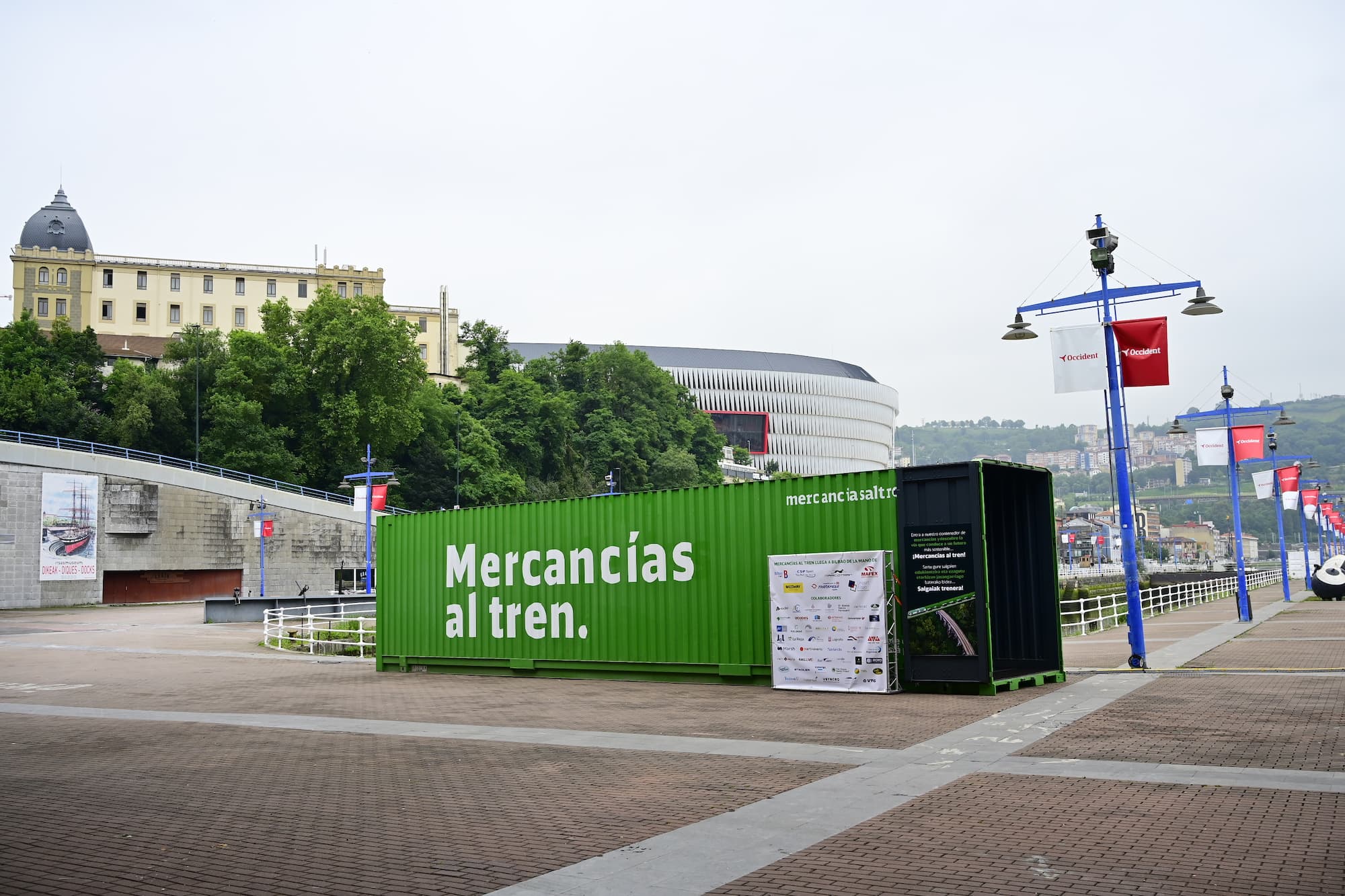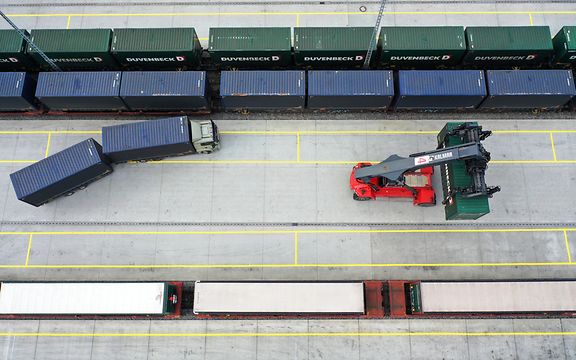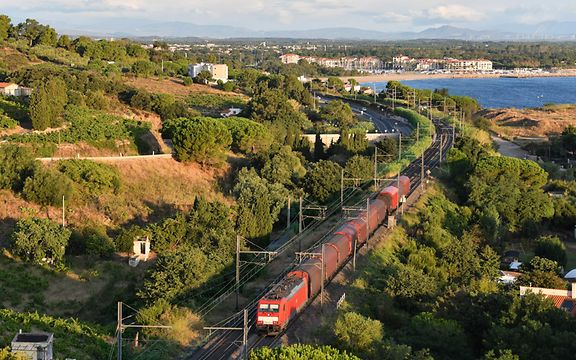An unusual sight: ICE as a "passenger" on freight trains
DB Cargo Full Load Solutions organises transport from Spain to Germany.
What does DB Cargo have to do with passenger trains? At first glance, not much. But if you look into how new long-distance trains get to where they are tested and approved, you'll find that they're brought to their destination by freight trains. That's because they're not allowed to travel the route themselves without approval.
To Germany by freight train: the new ICE L
This also applies to the first new long-distance trains from the Spanish rolling stock manufacturer Talgo. Talgo built the trains in Spain for Deutsche Bahn and recently sent them to various destinations in Europe for testing and approval. The first trains are scheduled to begin passenger service at the end of next year.
Also a first is the way the trains are transported from the plants in Spain to Central Europe: by rail from start to finish. Since a different track gauge is used in Spain, the trains are transported to the French-Spanish border on auxiliary bogies and then transferred to UIC standard gauge via a specially designed ramp. The trains are then towed to their final destinations on UIC standard gauge tracks.
A brief gauge guide
- 1,435 mm: This is the track width in most of Europe (87% of the EU rail network) and in North America and China, which is why it's often referred to as "standard gauge". It simplifies transport between most of these countries. Japan's Shinkansen express trains also use this gauge.
- 1,668 mm: Also called Iberian broad gauge, this is used in Spain and Portugal. Trains coming from France need to have their axles changed or their loads transferred, as they can't run on the Iberian rail network.
- Change of gauge: Trains may be able to continue onward if the differences are small, but this is not the case when they cross the border into Spain. Here, the axles on the freight wagons need to be switched, as transferring the entire cargo from wagon to wagon would typically take much longer. Containers, however, are usually craned from wagon to wagon.
Locomotives are brought by special lorries and placed by crane on the standard gauge tracks in Figueras near the French border. As with the ICE L wagons, which also still need approval, the locomotives have to be pulled in a freight train. The brand new locomotives were received by DB Cargo staff in Mannheim and brought to Nuremberg.
DB Cargo Full Load Solutions ensures smooth transport
DB Schenker's Global Project & Industry Solutions (GPIS) unit in Spain has overall responsibility for the project, with DB Cargo Full Load Solutions acting as a rail logistics partner. The first transports have already been carried out successfully and handed over to the approval partners, who picked them up for the last mile to the approval and test centres.


